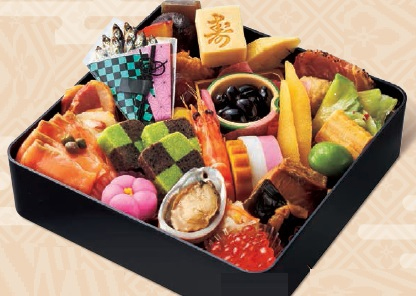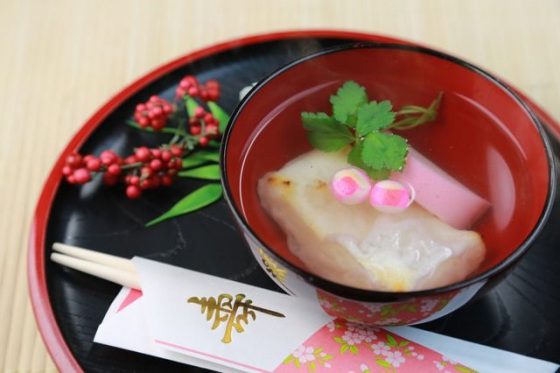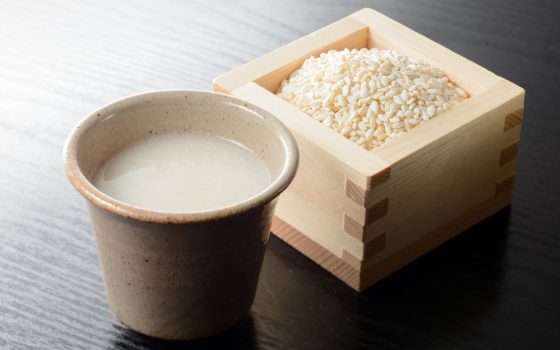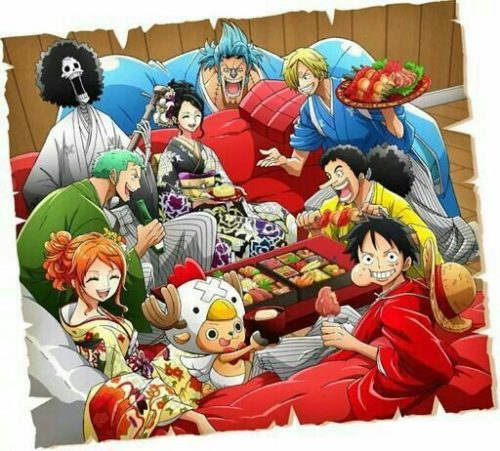
If you’re looking to spice up your New Year’s menu this year, look no further. With people around the world stuck at home and unable to travel internationally, for the most part, it's the perfect year to try something new at your home to brighten up the holiday season - or at least learn about what people around the world are doing to celebrate in their own homes! Most countries and cultures have their own New Year's Eve traditional foods, many with special meanings attached to that particular dish. Japan is no different, with several different foods and even drinks that have special significance for the New Year celebration.
Whether you’re looking for something new to try in addition to your own traditional foods, or just interested to learn more about what is going to be enjoyed in households across Japan this holiday season, keep reading! Let’s have a look at five different dishes to celebrate Japanese New Year’s wish.
Osechi

Osechi is the most popular New Year's Eve dish eaten across Japan, despite being the most expensive to buy and most difficult to prepare. It's not just one food like the others on our list, but a box containing many different foods. Japanese people that make osechi themselves spend hours, if not days, preparing it for their families due to the complexity and number of different foods inside. It's no surprise that most people pre-order osechi from department stores and supermarkets instead that they can pick up on New Year’s Eve, though even a cheaper box can cost around ¥4000 (almost $40USD). Getting an anime-themed one (like the Kimetsu no Yaiba one from Lawson’s pictured at the start of this article) is a big otaku bonus, though.
Every piece of food in osechi has its own meaning for the New Year, which is what makes it so special. What is in each box depends on the maker, but a few of the most common foods are sweet black beans (representing hard work), shrimp (for longevity), burdock root (for stability and strength), herring roe (for fertility), and rolled omelette (for scholarship). Osechi is always served in a black bento box, with each of the foods in its own compartment. If a household is only going to have one special dish for New Year's in Japan, it's likely to be osechi.
Toshikoshi Soba

Toshikoshi soba is traditionally eaten in Japan on New Year’s Eve. Soba noodles are different from ramen that you may be more familiar wish, and are grey in colour due to being made from buckwheat flour, and are served in a hot soup. Toshikoshi soba can be topped with simply green onions, but depending on the person preparing it, there may also be seaweed, eggs, or other vegetables. The significance of toshikoshi soba is the noodles themselves, the length of which represents a long life in the coming year.
Kagami Mochi

Mochi are cakes made from pounded rice flour and are enjoyed as a snack throughout the year in Japan, but kagami mochi are made just for New Year's. These mochi are two cakes stacked on top of one another and displayed on a special stand, and usually topped with a bitter orange called a daidai. Each part of kagami mochi has a special meaning. The mochi themselves are meant to be offered as a gift to the gods, and stand for the “ying” and “yang” of one year ending and another beginning. The daidai represents fertility and is favoured especially by couples looking to start a family in the coming year, though it also stands just for the continuing of one generation to the next.
Kagami mochi are decorative and placed either around the house or on the household Shinto alter if the family has one, and are broken and eaten on the second weekend of January during a Shinto ritual called kagami biraki, or mirror opening, which began in martial arts dojos.
Ozouni

Ozouni is another warm dish that is eaten at New Year's. It's a soup with chicken or fish, vegetables, tofu, and mochi inside. Much like toshikoshi soba, the mochi is also meant to represent long life in the coming year due to its stretchiness. The soup base can be made from miso or soy sauce depending on what the person likes. The tradition of having ozouni for New Year's dates all the way back to the 1300s in Japan, when it was offered to the gods during New Year's celebrations. Depending on the region of Japan, the exact ingredients and preparation for ozouni varies, but the significance behind the dish is the same.
Amazake

Our last New Year's dish isn’t actually food, but a drink. Amazake is a low-alcohol (or non-alcoholic) drink made from fermented rice. Amazake has been enjoyed in Japan since the Kofun period in the 300s, so Japanese people have been drinking it for a long time! While amazake is available in supermarkets year-round and is used for desserts and other cooking in addition to drinking it in the winter months, it's especially popular for New Year because it is served at Shinto shrines during hatsumode. Hatsumode is the first trip to the shrine for the New Year and is very important to many Japanese families. And for those who attend hatsumode at midnight on New Year's Eve to bring in the new year at the shrine, there’s nothing quite like some hot amazake in the cold night to warm them up from the inside-out!
Final Thoughts

If you live near an Asian supermarket, it shouldn’t be too hard to find the ingredients to make some of these foods yourself for New Year if you’re interested - or you might even be able to find these dishes already made! At the very least, you can toast in the New Year with some amazake rather than champagne. Even if you’re not planning to add a Japanese twist to your New Year's celebration this year, we hope you’ve enjoyed learning a bit about what we will be having in Japan, and the significance behind these very special dishes. Here’s to 2021 being better than 2020, from all of us here at Honey’s Anime.
Have you ever had any of these dishes before? Which ones would you love to try for the New Year? Do you like any of these special meanings or traditions behind these foods and drink? Have you ever seen any of these in anime before (for example, we found toshikoshi soba in Emiya-san Chi no Kyou no Gohan!)? Be sure to leave us a comment or question before you go!


